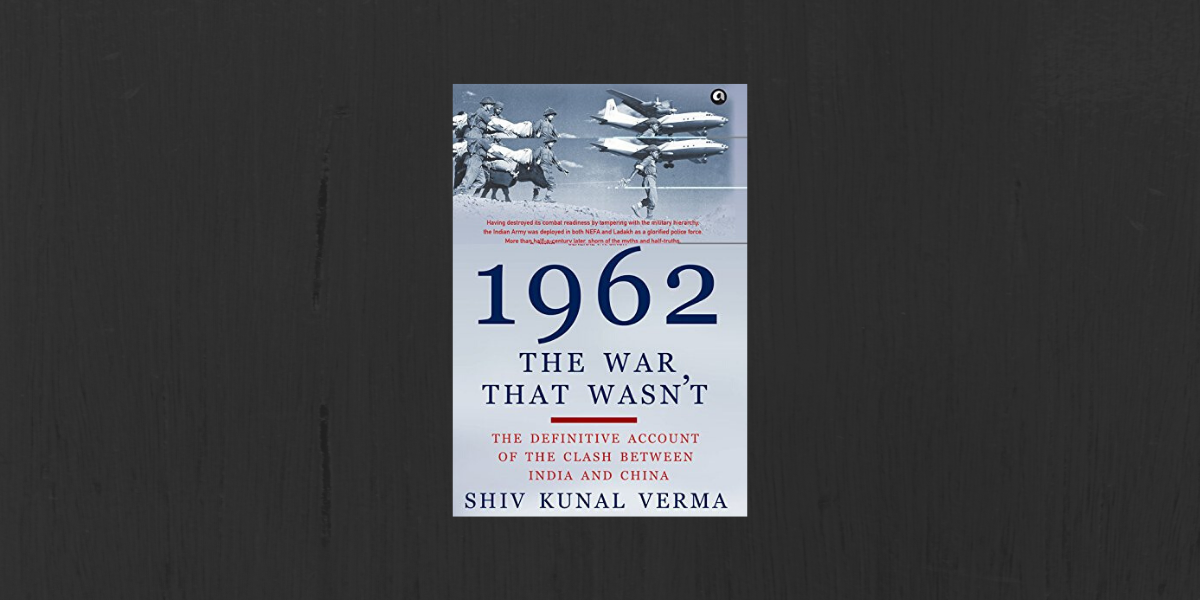Blanks on the Map – An Excerpt from Shiv Kunal Verma’s ‘1962: The War that Wasn’t’
This treaty of 1842 settled the boundary between Ladakh and Tibet in unequivocal terms leaving no cause for any kind of border dispute in this region.
*
Arguments and counter-arguments have continued to be exchanged for the last one hundred years. The Indians point to a formal communiqué of 1847 that was sent from the British to the Chinese viceroy of Kwangtung and Kwangsi provinces for delimiting the boundary between Ladakh and Tibet. The Chinese at the time had said: ‘The borders of the territories have been sufficiently and distinctively fixed.’ Subsequently, the stand taken by the Chinese was that the British proposal was rejected, as China at the time was in a weakened state and it was feared the British would have taken advantage of the situation to obtain even more Chinese territory.
An agreement in 1852 further indicated that the boundary was defined, as the operative section reads: ‘The boundary between Ladakh and Tibet remains the same as before.’ China countered this saying: ‘This agreement only referred to the maintenance of the old boundary by the two sides of Ladakh and Tibet, and provided Ladakh should pay annual tribute to Tibet but made no provisions whatever about the boundary between Tibet and Ladakh.’
Almost half a century later, the British Minister to China, Sir Claude MacDonald, again tried to address the boundary issue, suggesting the demarcation of the frontier between Sinkiang and Tibet with Ladakh. Once again China refused to accept the proposal. Subsequently, the Chinese would point to the MacDonald proposal as proof that none of the earlier arguments held any water as the proposal itself proved that the boundary had not been delimited. However, on closer scrutiny, the MacDonald proposal was a major deviation from the earlier established boundary. The new proposal, in fact, drew a line from the Karakoram Pass towards the east—very different from any Indian or British map of that time. Ironically, the MacDonald line would have placed more than half of the Aksai Chin in Chinese territory.
The Chinese refusing to get pinned down was not specific to just the western section of the boundary. Post-independence, with Pakistan coming into play, the Sino-Indian boundary became even more complicated.
***
Learn more with the book. Read it on Kindle today.
***

